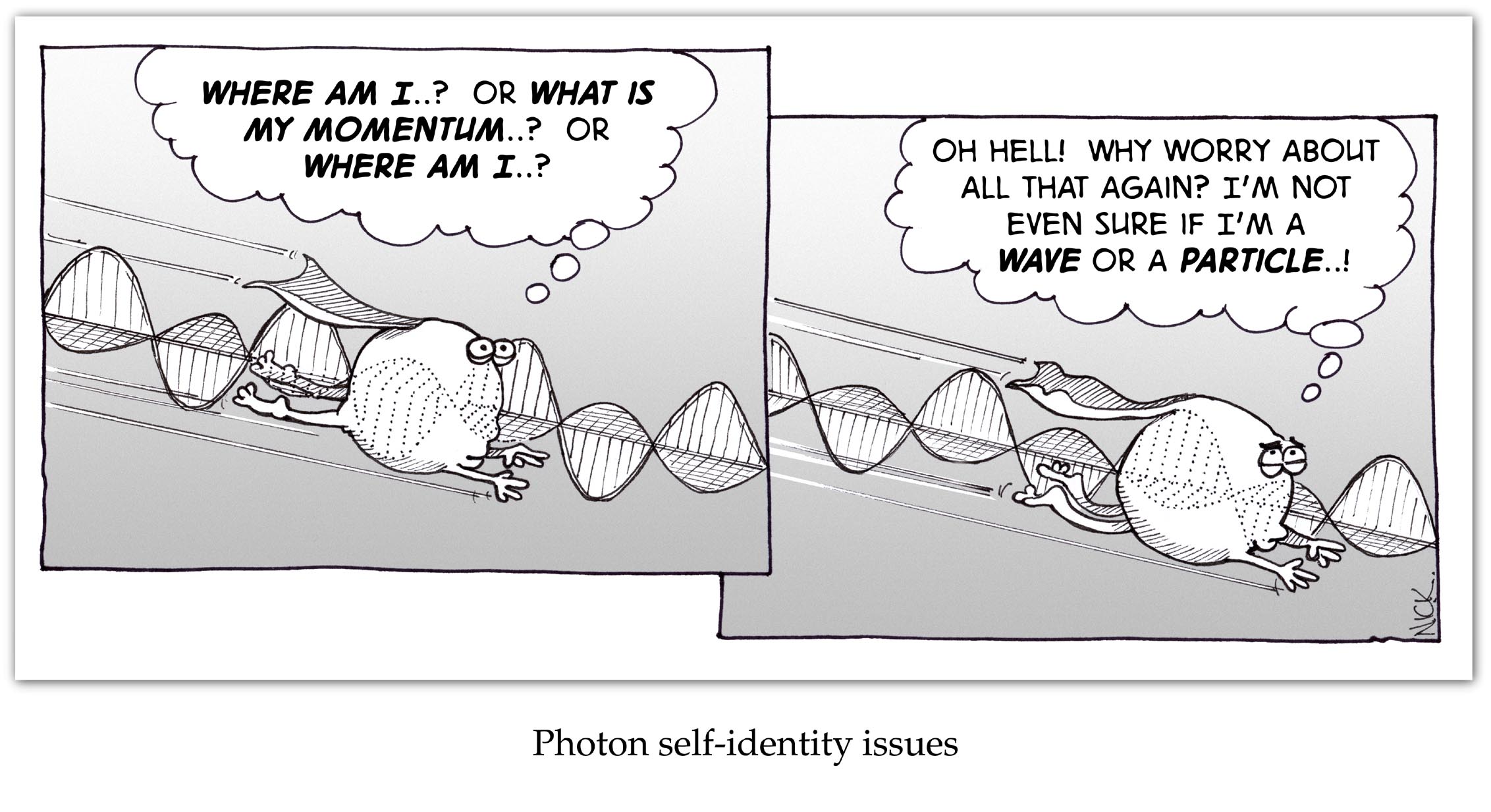An Experiment Involving Heisenberg’s Uncertainty Principle
January 29, 2016 Filed in:
ArticlesJames Ball, OAPT Membership Chair, Physics Teacher, John F. Ross C.V.I.
James.Ball@ugdsb.on.ca
The Heisenberg Uncertainty Principle is a very abstract concept for most high school students and teachers. This lab activity is a simple variation of a single slit diffraction experiment. It clearly shows that defining the location of a photon (by passing it through a slit) increases our uncertainty about its momentum.
The spread in the photon’s momentum is shown by the spread in the width of the central maxima of the diffraction pattern. We see this shown in the image below. The upper image shows a much broader central maximum. It resulted from light passing through a narrower single slit. This resulted in more certain location of the photon and thus a less certain determination of its momentum.

This activity also shows the connection between photon momentum and wavelength. Using lasers with different wavelengths, we can see the effect of the different photon momentum on the width of the pattern. A larger momentum produces a smaller angular spread because the spread is relative to a larger momentum. As an analogy consider a bank balance. An uncertainty of $10 on a bank balance of $100 would appear as a greater spread than an uncertainty of $20 on a bank balance of $1000.
It is important to have the students focus on the width of the central maxima rather than the location of the minima which they have been considering when examining double slit and single slit.
A worksheet for this activity is available
here.
 Cartoon by Nick D, Kim, scienceandink.com. Used with permission.
Cartoon by Nick D, Kim, scienceandink.com. Used with permission.
Tags: light, quantum, modern physics
Tags: Light, Modern Physics, Quantum



